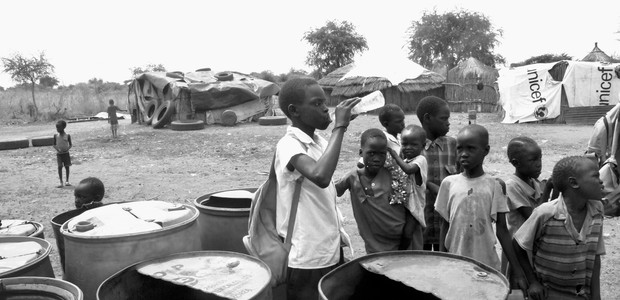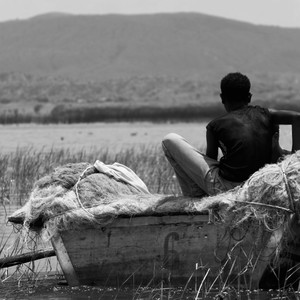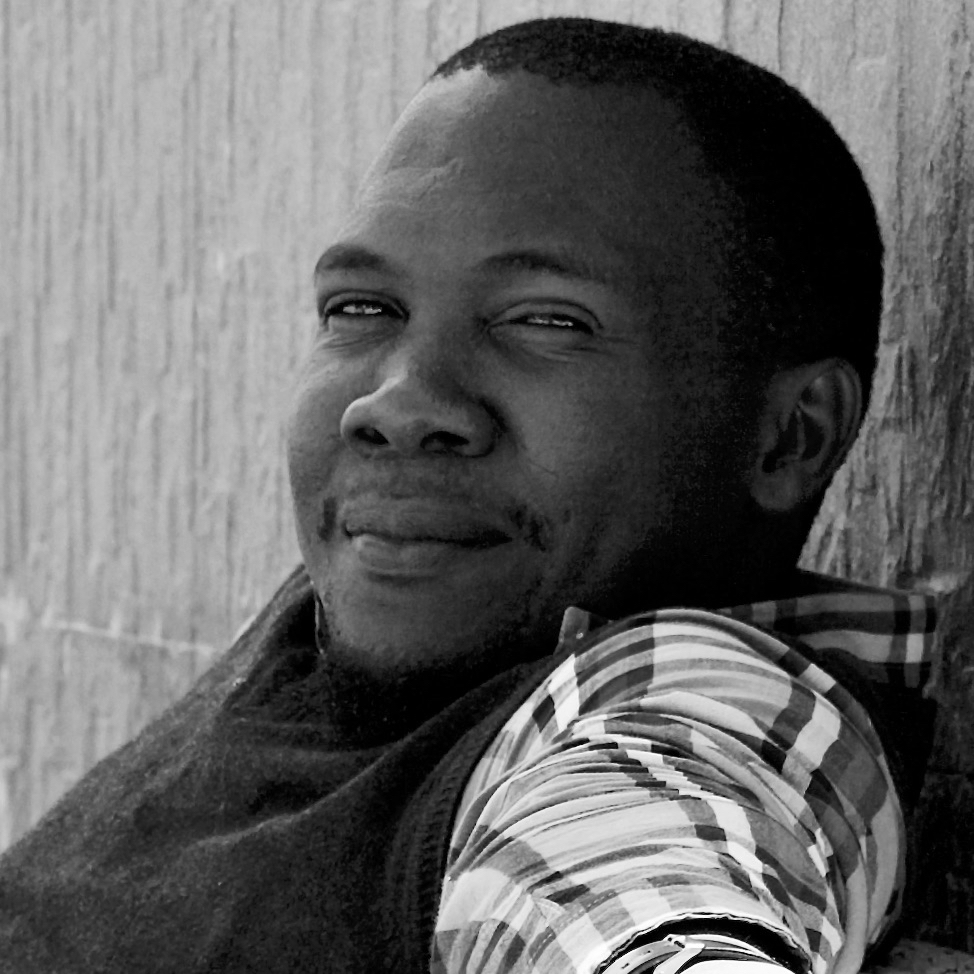Water SecurityCan the Nile Basin balance the water-energy- food nexus?

Nothing is more useful than water” but “scarcely anything can be had in exchange for it,” argued Adam Smith, the father of modern political economy, in his book “The Wealth of Nations.” The irony, as Smith postulated in what became known as the “Diamond-Water Paradox,” is that while water is on the whole more useful regarding survival than diamonds, it is diamonds that command a higher price on the market.
This was the case when Smith was writing over two centuries ago, and it is still the case today. However, in years to come economists think this trend could reverse. So much so that a few years ago, a study by the American investment bank Goldman Sachs predicted that water would be “the petroleum of the next century.”
Increasing consumption fuels tensions
Furthermore, there are indications that this future could arrive even sooner. There is a growing number of disputes and tensions around the world over water resources, and these have only just stopped short of open conflict: Iran, Afghanistan and Pakistan; Turkey, Syria, and Iraq; Kazakhstan, Uzbekistan, Turkmenistan, Tajikistan and Kyrgyzstan, and in the Nile Basin.
The driver of this anxiety, one that is not limited to the Nile Basin, is the increasing human consumption of water resources by ever-growing populations. They require water for either food production or energy production for industrialisation to create jobs and urbanisation for better living conditions. Experts call this the “water-energy-food nexus.”
With food, energy, and water so deeply intertwined actions in one area commonly impact on one or both of the others. Yet, a big problem, experts say, is that water is often taken for granted. According to the Institution of Environmental Sciences (IES), the nexus concept is not new; environmental scientists and practitioners have been talking about this for years but using different terminology such as “integrated resource management,” or “systems thinking.”
A big problem, experts say, is that water is often taken for granted.
The nexus concept pertains to obvious day-to-day issues where there are numerous interdependent relationships. For example water for energy (e.g. thermal electric cooling and hydropower generation); energy for water (e.g. treatment and distribution of water); water for food (e.g. irrigation of crops); “food” for energy (e.g. biofuels).
The IES further notes that the challenge of the nexus is not just about the interdependent relationships between water, energy and food. It also involves the complex planetary drivers, pressures and challenges that influence these resources on different geographical scales (local, national, global), temporal scales (historical, current, future) and experiencing differing risks (political, economic, environmental).
And this nexus can be felt acutely in a complex trans-boundary region like the Nile Basin, encompassing the ten countries of Ethiopia, Eritrea, DR Congo, Burundi, Kenya, Rwanda, Uganda, Tanzania, Sudan, Egypt, and South Sudan that share the River Nile’s catchment area.
The United Nations Economic Commission for Europe in a 2015 report titled “Reconciling resource uses in transboundary basins: assessment of the water-food-energy-ecosystems nexus,” indicated that its “complexity increases substantially in trans-boundary river basins where the impacts spread from one country to another and trade-offs may cause friction between the riparian countries.”
Implications of development for water resources
According to the 2012 “State of River Nile Basin Report” by the Nile Basin Initiative (NBI), the 10 Nile riparian countries use the water from the river to varying extents for agriculture, hydroelectric dams, urbanisation, trade, transport and other economic needs.
The NBI is an intergovernmental body established 19 years ago by the ten states to promote an equitable utilisation of the River Nile and to foster cooperation.
In Uganda, the river chiefly runs hydropower dams that generate an estimated 695 megawatts (MWs) according to the Ugandan energy ministry. However, the government’s National Development Plan II outlines plans to fast-track generation to a capacity of 2,500 MW by 2020. The government is set to launch Isimba (183MW) and Karuma (600MW) hydropower dams soon.
The Ugandan government set itself an ambitious target of turning the country, which is recovering from civil war, into a middle-income economy by 2020, although this has now been revised to 2030. (A middle-income economy is de ned by the World Bank as one where the annual per-capita gross national income ranges between $1,025 and $12,615.) Policymakers are now faced with a choice of pushing ahead with industrialisation or opting for modernising agriculture. Either option has huge implications for water resources.
Building more dams will increase the supply of cheap electricity and help to attract investors.
Ugandan President Yoweri Museveni, who last year attempted to mediate between Egypt and Ethiopia in their long-standing feud over sharing water resources, argues that building more dams will increase the supply of cheap electricity and help to attract investors. This, he argues, is the only way to save the River Nile.
“The biggest danger of the Nile is damaging water in the tropics by the people. They cut trees for firewood that would help modify rainfall and end up damaging the ecosystem,” President Museveni said last March at a joint conference with Ethiopia’s Prime Minister Hailemariam Desalegn.
While Museveni advocates for more dams to increase the availability of cheap electricity, other countries do not share his view. For example, Egypt wants to limit large hydropower projects on the river, which is its principal source of fresh water and is used for food production to cater for the country’s growing population.
Irrigated agriculture in Egypt and Sudan, according to the NBI report, represents the single most important water usage with a combined acreage of 4.5 million hectares compared to less than 50,000 hectares in the other Nile Basin countries.
Growing water stress
Ethiopia’s population of 106 million is the highest in the basin closely followed by Egypt, with 99 million, and DR Congo with 83 million, according to the latest United Nations estimates. The same estimates indicate that Uganda has a population of 44 million, South Sudan and Rwanda have 13 million respectively, Sudan’s population is 41 million, and Burundi’s is 11 million. Kenya has a population of 50 million people, and Tanzania’s is 58 million.
Is there enough water for this number of people? The only way to ensure that there is, according to experts, is to increase cooperation between the countries. They need to negotiate a complex system of trade-offs, especially between water, energy, and food production.
By 2030, according to the NBI, the basin’s population is expected to reach 648 million, and by 2050 it will be near 1 billion. The NBI report warns that such concurrent developments point to increasing water stress in the basin. At the same time demand is steadily rising due to rapid population growth and economic development.
Meanwhile, the river’s ecosystem comprising of small rivers like Kagera, Nzoia, Semliki, Albert Nile, Bahr el Jabal, Bahr el Ghazal, Sobat, and Blue Atbara, fringed by forest, are also increasingly under strain from a multiplicity of other threats like mining, climate change, and natural disasters.
Callist Tindimugaya, the senior official at Uganda’s Ministry of Water and Environment responsible for planning, allocating and regulating water resources, says that the greatest threat to more intense cooperation between Nile Basin countries is “mistrust.” “If you look at the water levels of the Nile, I think it is enough for all of us, but only if used equitably,” Tindimugaya told The Niles.
“Look at it as if people are lining up orderly in a queue for food. If the food is not enough more is brought to the table,” he said. “But if the same people instead choose to fight for the same food, how much of it will be lost and do you think it will be enough even if it were to be? That is exactly what we are facing as Nile countries.”


